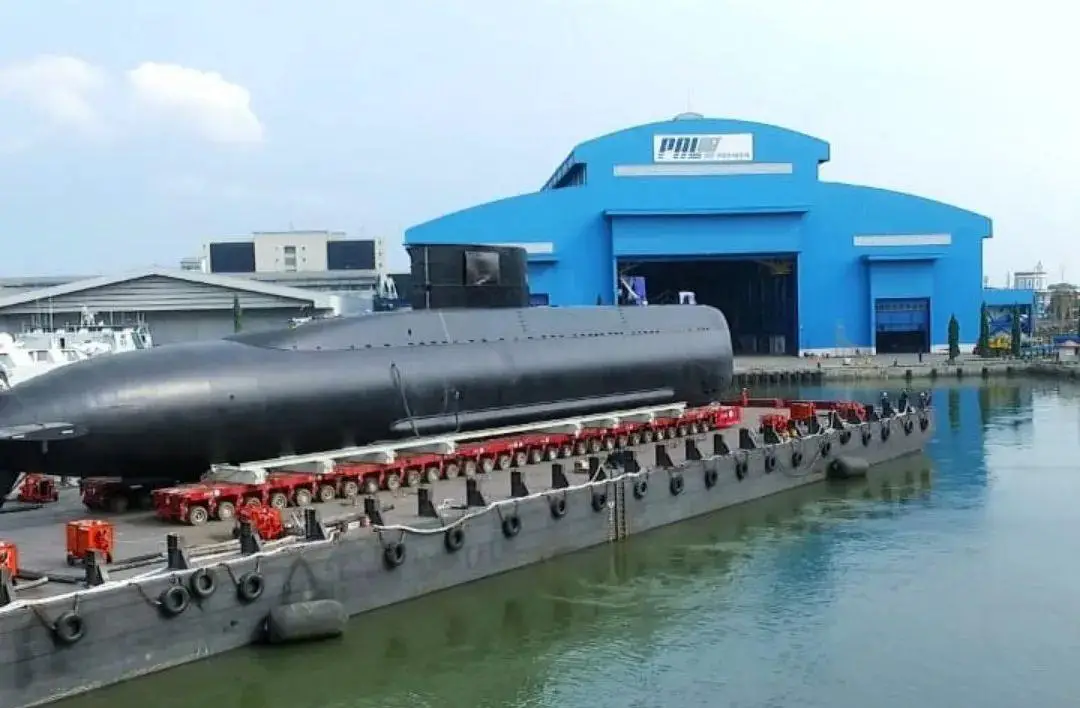Indonesian state-owned shipbuilder PT PAL is seeking major upgrades to enhance its submarine building capabilities. The government has also allocated $194.7 million to the PT PAL shipyard to expand its submarine production capability. Therefore, considering the Indonesian defense industry law that requires foreign suppliers to provide countertrade, local content, and offsets, to promote skills and technology transfers, a future submarine acquisition program would keep the submarine powerhouse dream alive and in return support these boats across their full life-cycle. Indonesia had deployed five submarines, but lost one, the KRI Nanggala-402. Indonesian Navy is expected to operate at least 8 submarines by 2024.
Indonesian Navy has pride in being one of the oldest and most experienced submarine operators in the region, having operated submarines since 1959. For more than six decades, the “silent service” has been central in ensuring deterrence throughout the country’s vast waterways, and military and political leaders cherish its strategic weight. The service has even attested to its value against foreign naval forces, particularly during annexing the Dutch overseas territory of Netherlands New Guinea (1961-62), Indonesia–Malaysia confrontation (1963–66), the India-Pakistan War of 1965 when Jakarta dispatched two of its Whiskey-class submarines to Karachi, and in 1999 when one of its Type-209 submarines successfully shadowed the fleet of the International Force East Timor.

Indonesian Navy has cultivated decades of experience, traditions, and tactics on how to maintain and utilize submarine forces in support of the country’s national interests. For years, indigenous submarine production and maintenance, repair, and overhaul (MRO) capability have been included as one of the country’s seven defense industry priority programs. The progress has already been demonstrated by the ability of the state-owned shipbuilding company, PT PAL, domestically to assemble KRI Aluguro, the third improved Chang Bogo class, also known as the Nagapasa class, and to overhaul the German-made Type-209 submarine KRI Cakra. Acquiring these new types of submarines would bolster the Indonesian submarine fleet’s underwater endurance, survivability, and firepower.
Indonesian Navy tries to get its hand on bigger and more advanced submarines that offer greater time on station and greater breakthrough capability than those that make up its current fleet. Submarines must be able to be deployed for at least 60 consecutive days to accomplish the aforementioned missions. This type of submarine must also incorporate key technologies that are still politically and financially viable, such as the lithium-ion battery, Very Low Frequency (VLF) communications systems, and/or submarine-launched anti-ship missiles. To promote skills and technology transfers, a future submarine acquisition program would keep the submarine powerhouse dream alive and in return support these boats across their full life-cycle.














